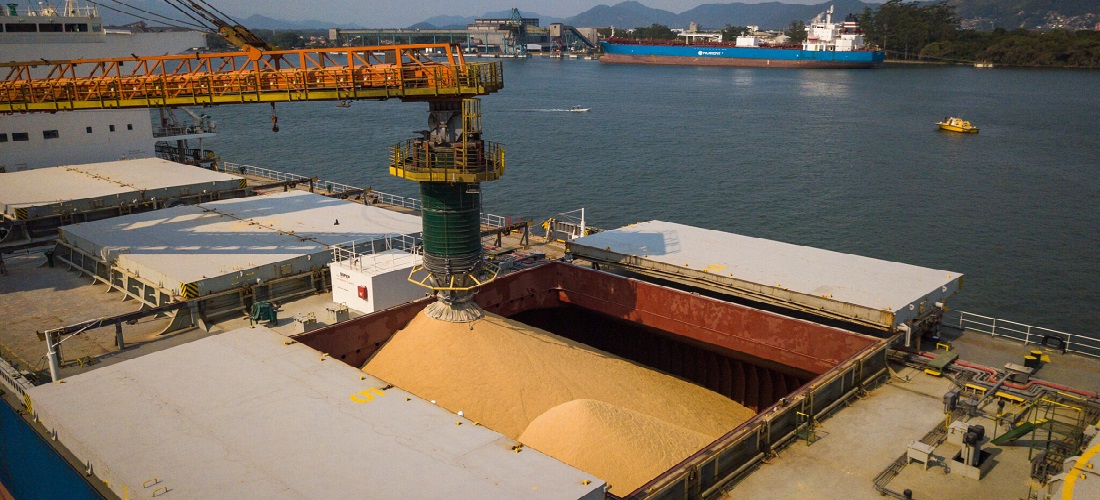
Port authority announces phytosanitary treatment results at Santos Port
Jan, 22, 2024 Posted by Gabriel MalheirosWeek 202404
Santos Port Authority’s Environmental, Health, and Occupational Safety Department (Sumas) has been accrediting companies to provide phytosanitary treatment services in the areas of the Organized Port of Santos, aiming at controlling agricultural pests. In 2023, the 15 accredited companies carried out 777 phytosanitary treatments, with 94.08% of them (731) in the holds of ships and 5.9% (46) in containers.
The quarterly reports submitted by the companies to APS allow Sumas to monitor all phytosanitary treatment work carried out in the Port of Santos. Up to now, the main cargoes treated in the holds of ships were soybeans (43.91%), corn (36.80%), and soybean meal (18.33%). Phosphine was the most used product in fumigations, representing 99.89% of the total, equivalent to 230,623 kilograms. On a smaller scale, fumigations are also carried out on pallets.
The chart below used Dataliner-provided data to compare shipments of corn and soybeans through the Port of Santos in the first eleven months of 2023.
Soybean and Corn Exports Via Santos Port | 2023 | WTMT
Source: DataLiner (click here to request a demo)
In 2023, treatments were performed on more than 46.9 million tons of goods stored in the holds of ships. The berths with the highest incidence of treatment were TGG (18%), Warehouses 39 (13%), and 37 (12%).
The leading destination for treated goods was China, with 49% of the treated ships, followed by Vietnam (9%) and Indonesia (8%).
Click here to view SPA’s full report: https://www.portodesantos.com.br/relatorio-fumigacao/
-
Ports and Terminals
Apr, 03, 2025
0
Brazil’s Vila Velha Terminal Handles First Volkswagen Vehicle Import in Espírito Santo
-
Ports and Terminals
Feb, 13, 2025
0
Ballast Water Regulation in the Port of Santos Reinstated
-
Trade Regulations
Apr, 12, 2023
0
Brazil, South Korea ink MoU on electronic certification of livestock products
-
Grains
Mar, 09, 2023
0
Anec expects 14.662 mln tonnes of soybean exports in March



